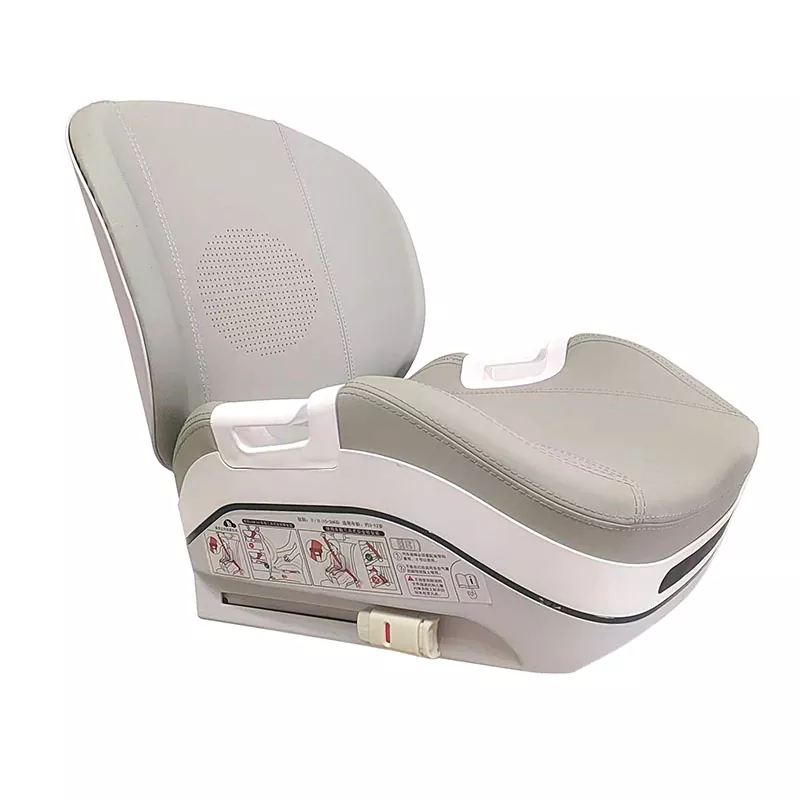Child safety seats, as protective equipment specially designed for children in vehicles, are far more important than ordinary adult seat belts. They play an irreplaceable role in reducing traffic accident injuries and serve as the core barrier for ensuring children's safety during rides.

From the perspective of children's physiological characteristics, their bones, internal organs and other organs are not yet fully developed, and the design of adult seat belts is completely unsuitable for children's body types. The cervical spine of children under 3 years old can only bear 1/5 of the pressure that an adult's can. When a vehicle brakes suddenly, without a safety seat, children are likely to slip through the gaps of the seat belt due to strong inertia, or be strangled by the seat belt on the neck, resulting in fatal injuries. Relevant data clearly shows that the correct use of child safety seats can reduce the risk of fatal injuries to infants and young children in traffic accidents by 71%, and reduce the severe injury rate of children aged 4-7 by 54%, with remarkably significant protective effects.
In actual traffic accidents, the protective effect of safety seats is particularly prominent. In China, more than 18,000 children are injured or killed each year due to vehicle safety issues, among which the failure to use child safety seats is one of the main reasons. In a collision accident at a speed of 50 kilometers per hour, a 7-kilogram baby will generate an impact force of about 350 kilograms, which is completely unbearable for an adult's embrace. However, child safety seats, through the five-point harness system and special cushioning materials, can effectively disperse the impact force to the whole body of the child, minimizing injuries.
Legal regulations also clearly stipulate the use of child safety seats. The mandatory standard Restraint Systems for Child Occupants of Motor Vehicles requires that child safety seats must pass strict collision tests before they can be put on the market. At present, many places in China have legislated that children under 4 years old must use child safety seats when riding in vehicles, and those who violate the regulations will face fines. The introduction of these regulations has effectively promoted the popularization of child safety seats, increasing their usage rate from less than 10% in 2015 to 48% in 2024.
In addition, children of different age groups need to be matched with exclusive safety seats. Infants aged 0-1 should use rear-facing carrycot-style seats, which can better disperse impact force with the help of back support; children aged 1-4 are suitable for forward-facing five-point harness seats, which can effectively restrict body displacement; children aged 4-12 are suitable for using booster seats with adult seat belts to ensure that the seat belt can accurately cross the shoulders and hips. Meanwhile, the side wing protection structure of the safety seat can resist side collisions, the anti-roll angle design can reduce the sense of oppression during rolling, and the breathable material can also reduce discomfort during long rides.
Choosing a safety seat that meets standards and is suitable for the child's age, and using it correctly, is not only a basic requirement for abiding by legal regulations, but also an important guarantee for protecting children's lives.

